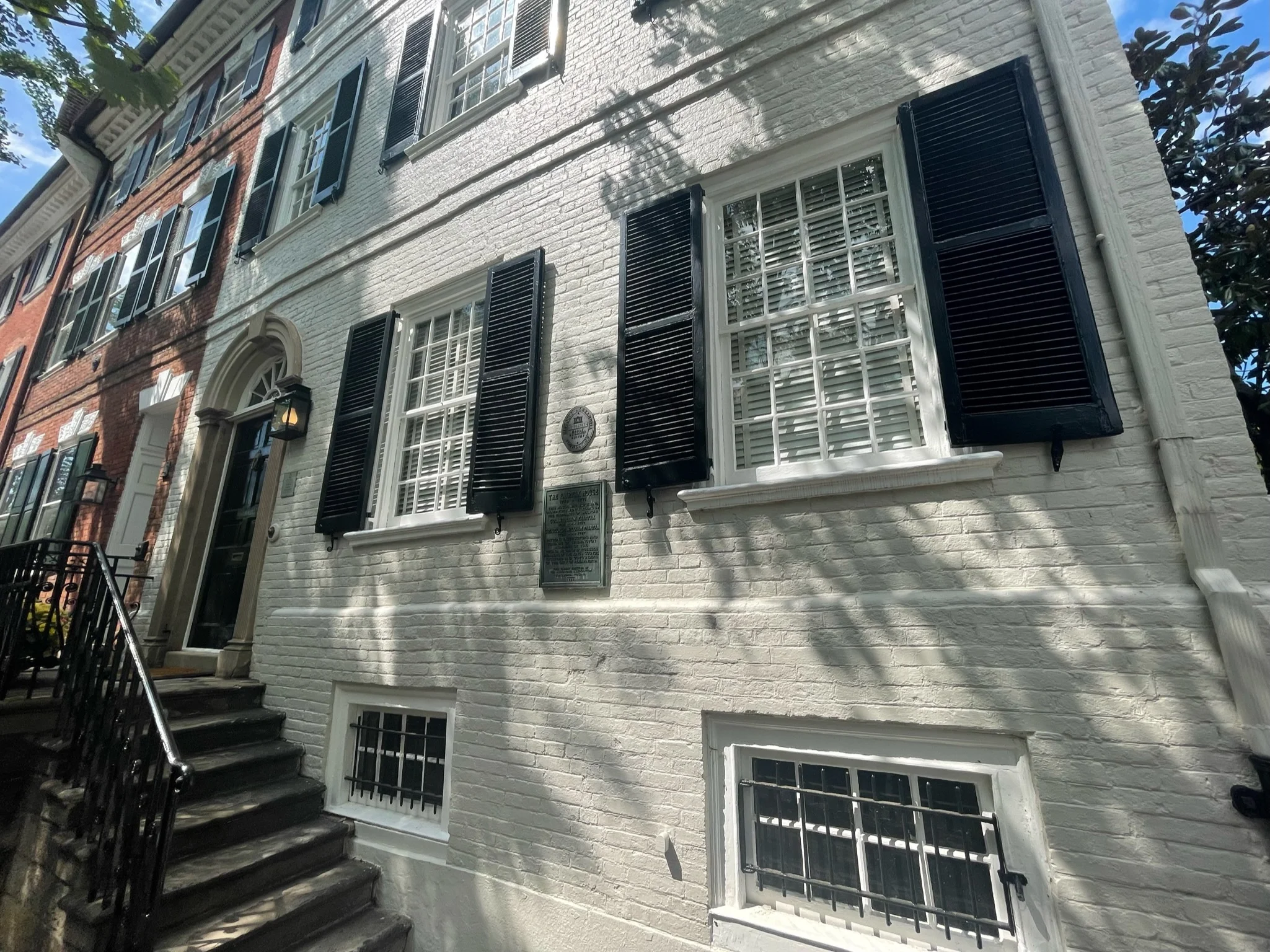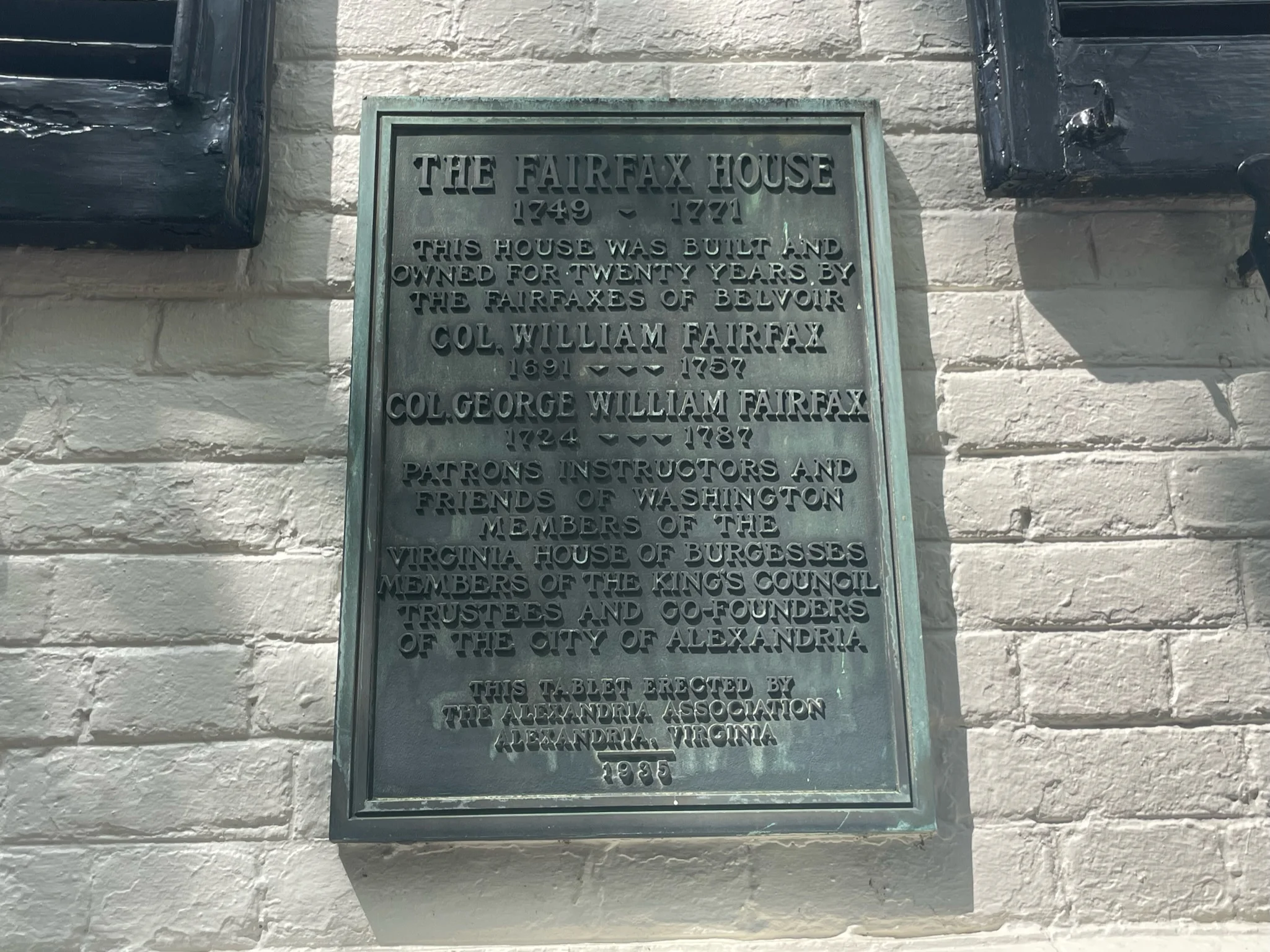Currently Empty: $0.00
Historical Significance of The Fairfax House
Description
Historical Significance of The Fairfax House
The Fairfax–Moore House, located at 207 Prince Street in Alexandria, Virginia. Stands as a testament to the rich history and architectural heritage of the region. Registered on the National Register of Historic Places on January 17, 1991. This Georgian-style townhouse boasts an 18th-century architectural style that has captivated admirers for generations. The house’s design, characterized by refined proportions and a three-and-a-half-story elevation. Provides a glimpse into the sophistication of Alexandria’s late-eighteenth-century urban domestic life.
The origins of the Fairfax–Moore House trace back to Captain John Harper. Who may have constructed the main part of the house in the 1780s. Intriguingly, the lot was initially owned by George William Fairfax, adding an additional layer of historical significance to the property. As part of the Alexandria Historic District, the house is recognized as a contributing structure. Blending seamlessly into the surrounding historic fabric.
The property’s unique features extend beyond its architectural allure. Positioned to the east of the house is the Athenaeum, separated by a geometric boxwood garden, enhancing the overall charm of the Fairfax–Moore House. This picturesque setting adds to the immersive historical experience for visitors, creating a connection to the past that transcends the pages of textbooks.
Preservationist Legacy: Gay Montague Moore and The Fairfax House
Beyond its architectural splendor, The Fairfax–Moore House is intertwined with the legacy of preservationist Gay Montague Moore. From 1919 until her passing in 1988, Moore called this historical residence her home. Her stewardship of the property not only ensured its physical preservation but also contributed to the broader narrative of Alexandria’s cultural and historical continuity.
The National Register of Historic Places nomination form underlines the significance of the house’s side-hall plan and service ell, elements that symbolize the sophistication of Alexandria’s late-eighteenth-century urban domestic identity. By exploring the Fairfax–Moore House, visitors not only step into the past but also celebrate the dedication of individuals like Gay Montague Moore, who played a crucial role in safeguarding the historical fabric of this iconic Georgian-style townhouse.





